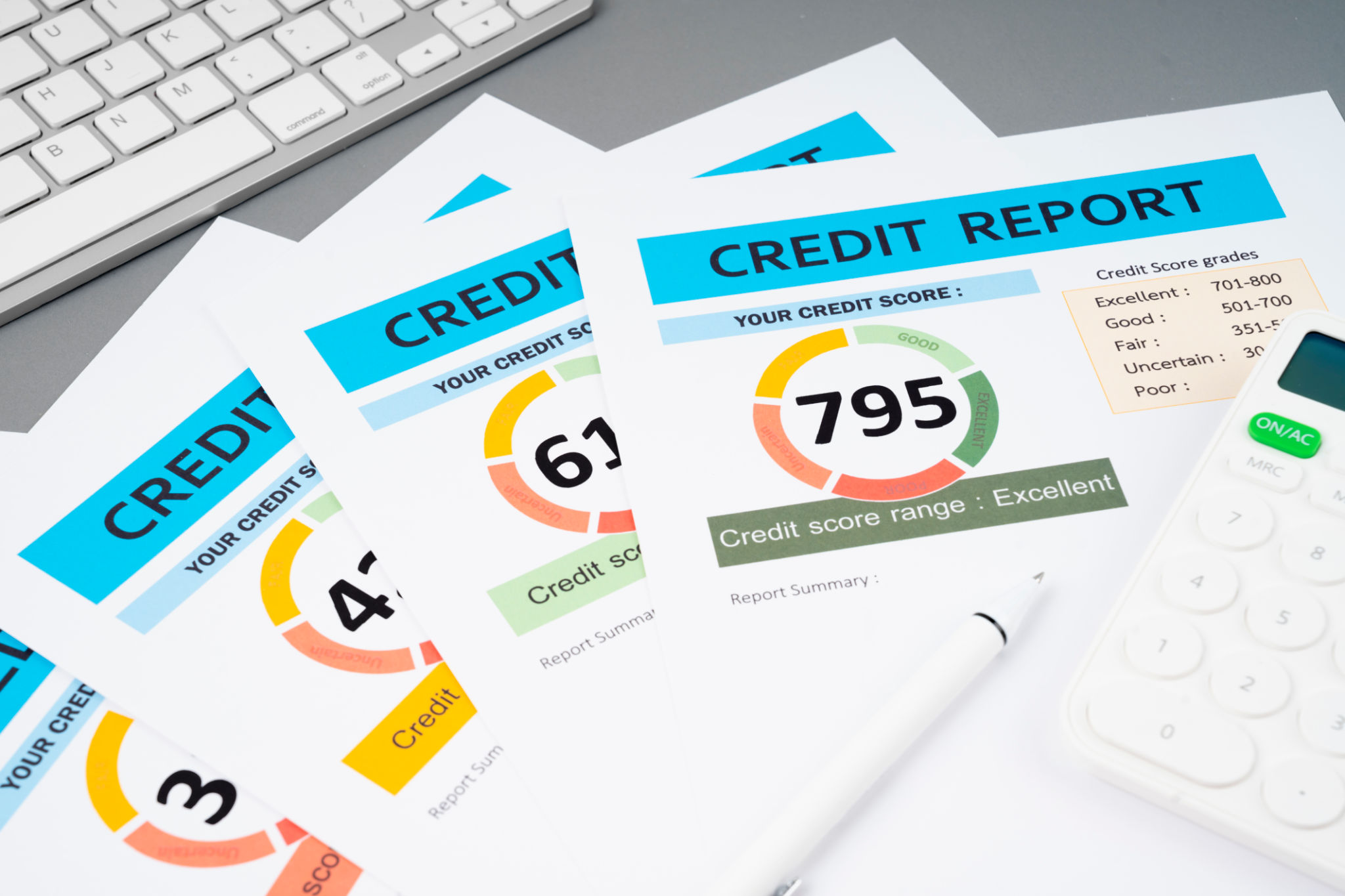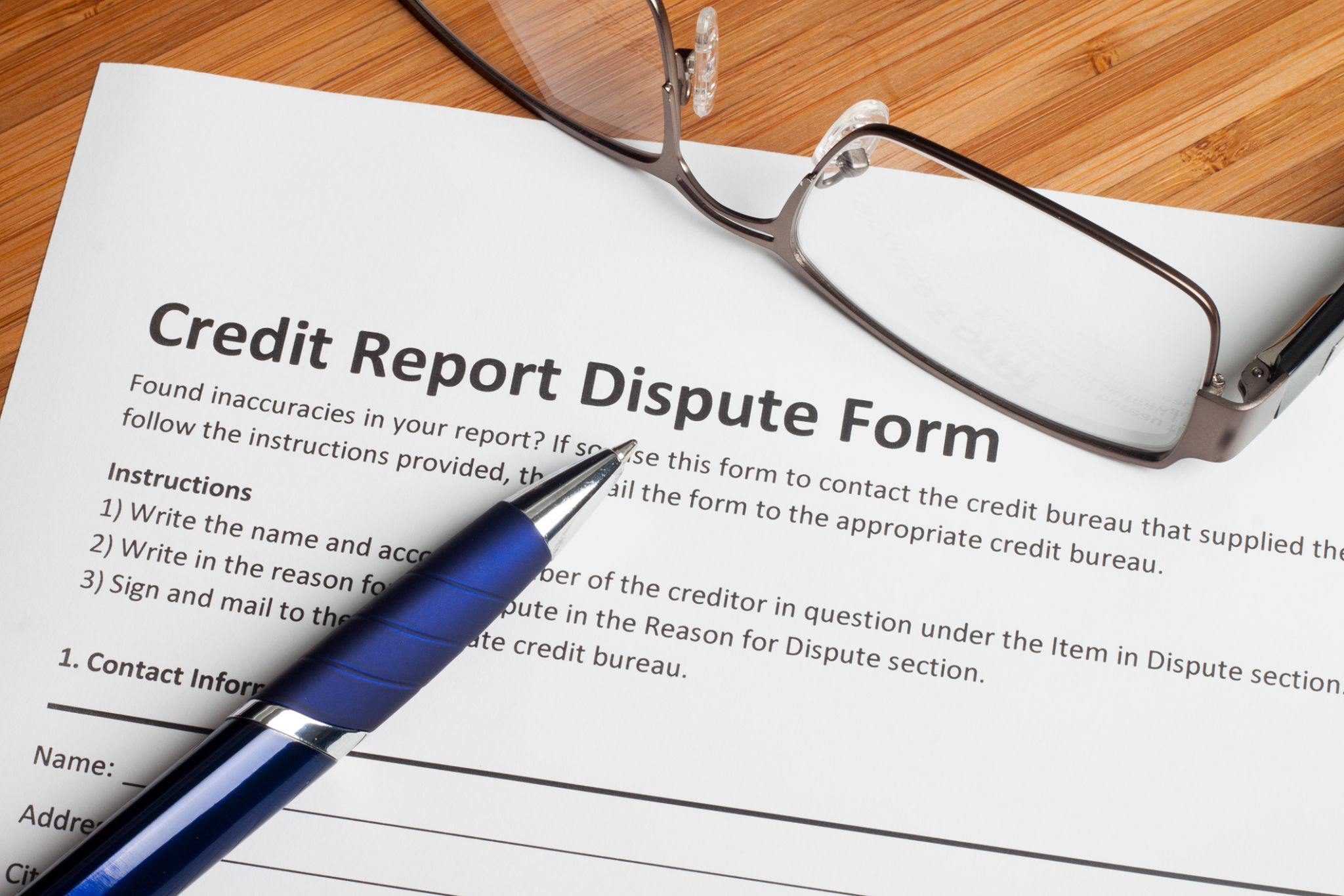Mastering the Art of DIY Credit Repair: A Step-by-Step Guide
Understanding Credit Reports and Scores
Credit repair may seem daunting, but with the right guidance, it's a journey you can embark on yourself. The first step in mastering DIY credit repair is understanding your credit report and score. Your credit report contains detailed information about your credit history and is used to calculate your credit score. This score is a numerical representation of your creditworthiness.
Obtaining a copy of your credit report from the three major credit bureaus—Equifax, Experian, and TransUnion—is crucial. You are entitled to one free report per year from each bureau through AnnualCreditReport.com. Reviewing these reports will help you identify any discrepancies or areas that need improvement.

Identifying Errors and Discrepancies
Once you have your credit reports, the next step is to scrutinize them for errors. Common mistakes include incorrect personal information, accounts that don't belong to you, or inaccurate account statuses. Identifying these errors is crucial because even small inaccuracies can impact your credit score significantly.
If you find any discrepancies, you need to dispute them with the respective credit bureau. This process involves notifying the bureau of the mistake and providing any supporting documents to prove your claim. The bureau is then required to investigate and respond to your dispute, usually within 30 days.

Paying Down Debts Strategically
Another key component of DIY credit repair is addressing outstanding debts. Prioritize paying down high-interest debts first, as these accumulate the most interest over time. Consider using the snowball or avalanche method to systematically reduce your debt load. The snowball method involves paying off the smallest debts first to build momentum, whereas the avalanche method focuses on paying the highest interest debts first.
Consistently making minimum payments on all accounts is vital to avoid late fees and additional interest charges. Additionally, setting up automated payments can help ensure that you never miss a due date.

Building Positive Credit Habits
Repairing your credit isn't just about fixing past mistakes; it's also about building positive financial habits for the future. Start by keeping your credit utilization ratio below 30%. This means using less than 30% of your available credit limit across all accounts.
Additionally, consider diversifying your credit mix by responsibly opening different types of credit accounts, such as a secured credit card or a small personal loan. Always ensure that you can manage any new debt responsibly before taking it on.

Monitoring Your Progress
As you work on repairing your credit, it's essential to monitor your progress regularly. This involves checking your credit score periodically and reviewing updated reports for any changes. This practice not only helps you track improvements but also alerts you to any new issues that may arise.
Consider using free credit monitoring services that provide alerts when there are significant changes to your credit report. These tools can be invaluable in keeping you informed and proactive in managing your credit health.
Conclusion
Mastering the art of DIY credit repair requires patience, diligence, and a strategic approach. By understanding your credit report, addressing errors, paying down debts strategically, and building positive habits, you can take control of your financial future. Remember, while the journey might be long, the rewards of improved credit health are well worth the effort.